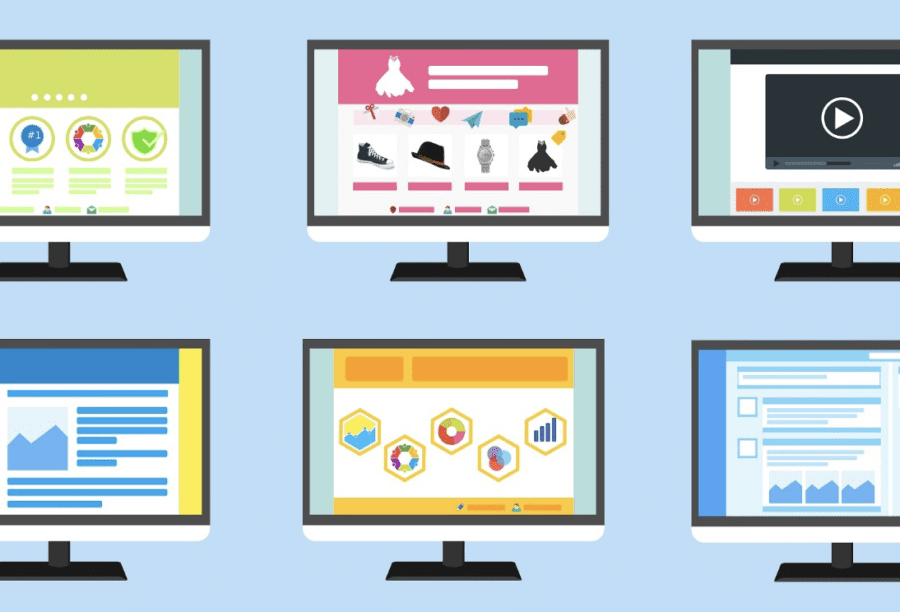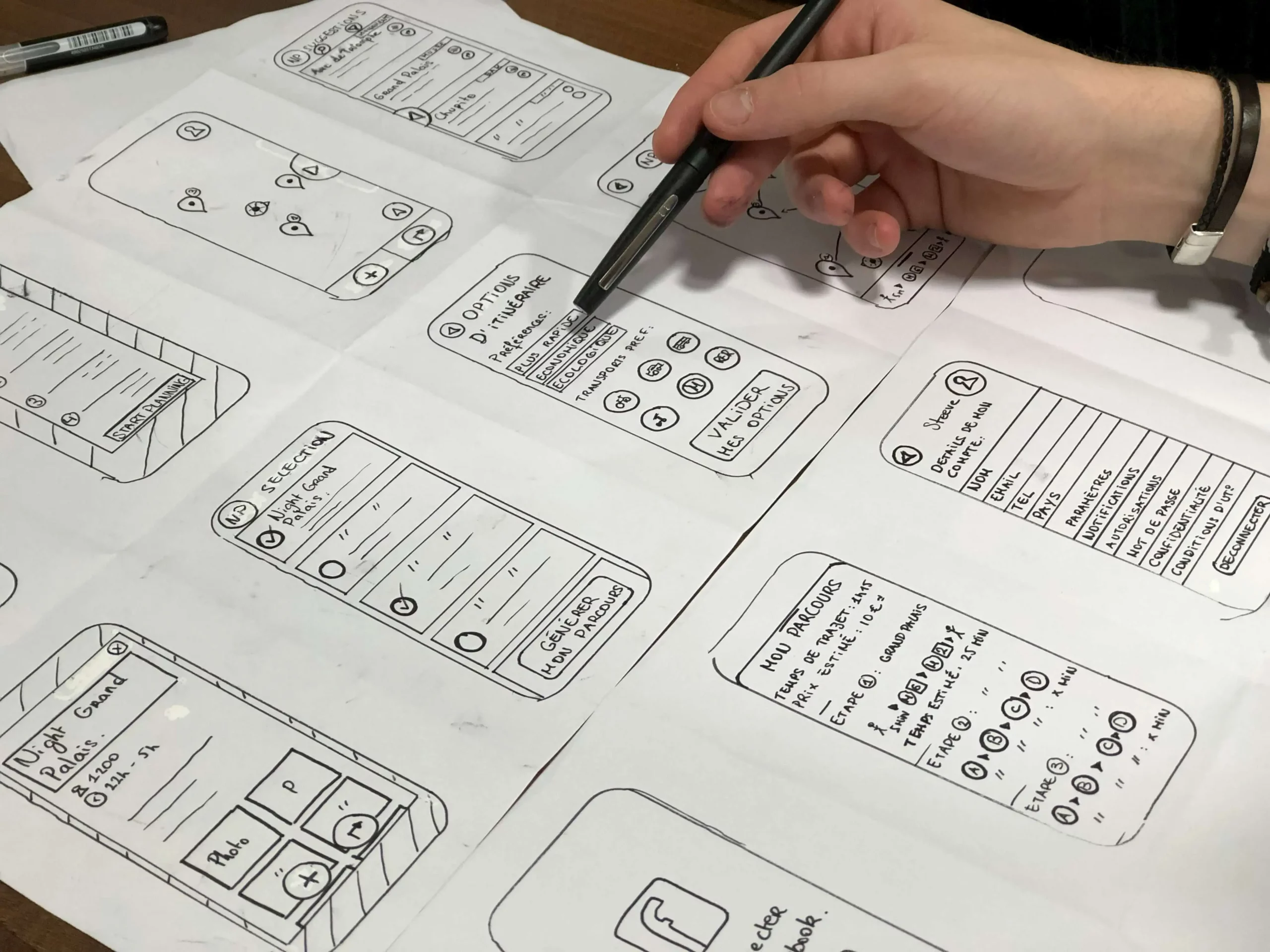
Estimated reading time: 6 minutes
Leveraging Microinteractions And Animations For User Engagement
Leveraging microinteractions and animations for user engagement has become a key strategy in digital design. These subtle yet impactful design elements breathe life into user interfaces, providing a seamless and immersive experience. So, let’s research unlocking the potential of these design components to elevate your digital creations!
Related Links
The Role Of Microinteractions
Microinteractions, those seemingly small and subtle details in your website or app, play a crucial role in elevating your online presence. When you hit a button, these tiny interactions, like the soft-click sound, create a memorable experience. They add a layer of sophistication that delights people and keeps them engaged. Think about when you’re scrolling through social media, and each ‘like’ or ‘share’ comes with a pleasing animation. Naturally, it keeps you scrolling longer. These microinteractions provide instant feedback, making people feel in control and informed. They contribute to the overall aesthetics of your digital platform, enhancing your brand’s credibility and setting you apart from the competition. So, never underestimate the power of leveraging microinteractions and animations, as they’re the building blocks that elevate your online presence.

Types Of Animations In User Interface Design
In interface design, various animations are deployed to enhance the experience. Transitions smoothly guide people from one screen to another, maintaining a sense of continuity. Transformation animations, on the other hand, alter the appearance or size of elements, providing visual cues during interactions. Parallax scrolling adds depth to web pages by moving background and foreground elements at different speeds, creating a captivating visual effect. Loading animations, while functional, also injects a dose of personality into a website, keeping people engaged during those brief waiting moments. So, leveraging microinteractions and animations of different types allows designers to craft appealing and functional interfaces.

Guidelines For Creating Effective Microinteractions
When leveraging microinteractions and animations, following guidelines is crucial for success. Start by understanding the specific goals of your microinteraction, whether it’s providing feedback or aiding navigation. Next, keep them subtle and hidden to avoid overwhelming people. It’s vital to maintain consistency in design and behavior across your microinteractions, too, ensuring a seamless experience. Prioritize clarity, ensuring people understand the purpose and outcome of each microinteraction.
Also, always test your microinteractions with real users to identify any pain points or areas for improvement. So, it’s important to know what user engagement KPIs to measure to know what you need to improve. Lastly, don’t forget to optimize for mobile devices to reach a broader audience. Following these guidelines will help you create microinteractions that enhance engagement and contribute positively to your interface design.

Microinteractions And Branding
Microinteractions greatly impact branding, offering a unique opportunity to reinforce brand identity. Through carefully crafted microinteractions, such as distinctive button animations or branded sound effects, users can instantly recognize and connect with your brand. These microinteractions establish a consistent and memorable brand presence across your digital platforms, fostering brand loyalty and trust. Think of the iconic “like” animation on Instagram—a small heart that signifies approval and embodies the brand’s essence. Incorporating brand elements into microinteractions creates a cohesive and immersive user experience, making your brand more memorable and relatable. So, by leveraging microinteractions for branding, you can improve your approach to digital marketing. Users will remember not only your products or services but also their delightful and distinct interactions with your brand, setting you apart from the competition and leaving a lasting impression.
The Science Of Timing In Animations
The science of timing in animations is a critical aspect of interface design. Timing determines how smoothly an animation flows and how people perceive it. For instance, a slow fade-in effect can convey a sense of elegance, while a quick bounce can signify playfulness. Timing also influences user engagement by ensuring that animations align with user expectations. If they take too long, it may frustrate users, but if they’re too fast, they might go unnoticed. Thus, understanding the science of timing is essential. It involves considering factors like the duration, the ease-in and ease-out curves, and synchronization with user actions. Striking the right balance in timing can make them feel natural and improve the overall experience, keeping people engaged and enhancing the aesthetics of your website or app! Consequently, mastering this is a fundamental skill for UI/UX designers.
Storytelling With Animations
Storytelling with animations is a compelling way to engage users and convey information effectively. By using animations strategically, designers can create immersive narratives within interfaces. For example, an animated sequence can guide users through a product’s features, unfolding the story of its capabilities step by step. They can also breathe life into data, making it more accessible and engaging. Visualizing statistics or trends through animations can transform dry information into captivating stories.
They can set the tone and mood, whether a playful bounce for a children’s app or a subtle, elegant flow for a luxury brand’s website. Storytelling through animations allows designers to evoke emotions, build connections, and leave a lasting impression on users. It’s a powerful tool that enhances user experience and differentiates brands in a competitive digital landscape.
Microinteractions For User Onboarding
Utilizing microinteractions for onboarding is a smart strategy to keep your business competitive. When a new person encounters your app or website, these small, informative animations can act as friendly guides. They provide instant feedback, helping them understand how to navigate and interact with your digital platform. So, microinteractions make the onboarding process smoother and more intuitive, reducing the learning curve. For instance, a subtle tooltip animation next to a form field when a person hovers over it can explain its purpose, making the registration process easier. These unobtrusive interactions enhance engagement during those crucial first interactions, leaving a positive impression. So, simplifying onboarding contributes to a better overall experience, boosting satisfaction and increasing the likelihood of people returning.
Leveraging Microinteractions And Animations For The Best Digital Experiences
As we conclude our journey into the design world, it’s clear that leveraging microinteractions and animations for user engagement is more than just a trend. It’s an indispensable tool in the arsenal of modern UI/UX professionals! Embracing these elements helps designers craft interfaces that function seamlessly and leave a lasting impact on users. So, as you embark on your design endeavors, remember that they are your allies in creating captivating digital experiences.
Contact Matchbox Design Group Today!
If your website could use a refresh or you’re looking to drive more traffic to your site, fill out the form below and we’ll contact you to learn more about your digital needs.

